

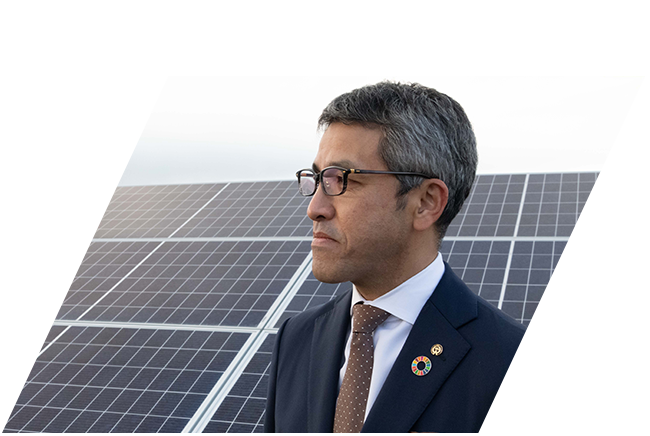
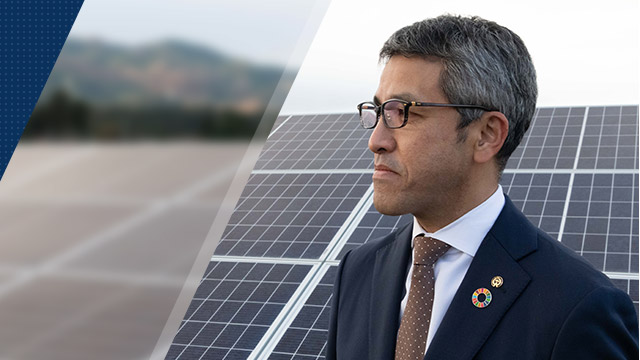 Passing Down Hometown to Future
Passing Down Hometown to Future
Generations with Renewable Energy
A mega solar power plant was completed in Namie Town, Fukushima Prefecture, which is one of the largest in size in the prefecture.
The power plant project aims to unite the hearts of residents scattered throughout Japan due to evacuation and to preserve their hometown for future generations.

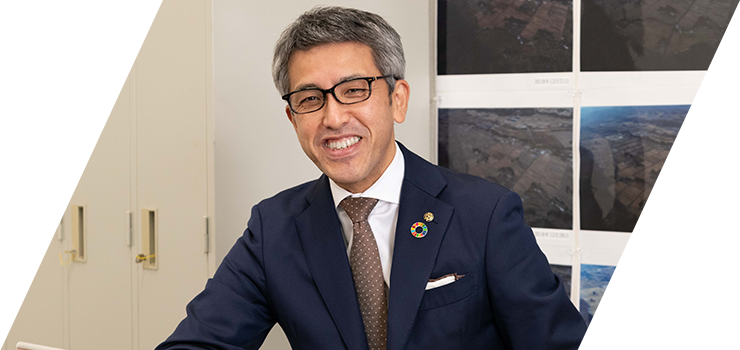
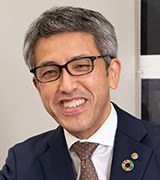
![]()
![]()
![]()
![]()

![]()

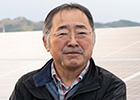

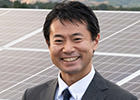
![]()
![]()
![]()

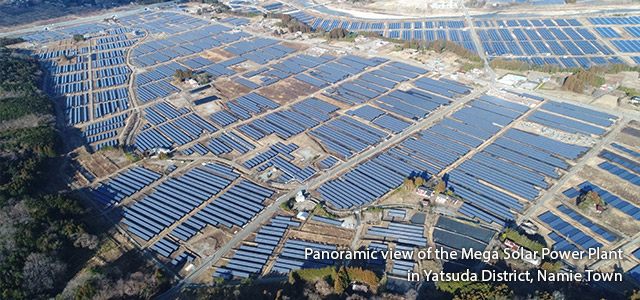

As the pillar of revitalization of Namie Town
A man was walking with his dog. After I passed him, I didn't see anyone else. A few trucks and vans drove away. Walking down a vast land where clock had stopped since that day, I finally arrived at an on-site office. Saw people within. Lights were on. What a relief I felt!
This is the “Mega Solar Power Plant in Yatsuda District of Namie Town” located in Futaba County, Fukushima Prefecture. It is one of the largest solar power plants in the prefecture, with 200,000 panels lined up on 880,000 square meters of land that used to be paddy fields. The project was led by a limited liability company co-funded by Mitsubishi Research Institute, Inc. (“MRI”), Mitsubishi UFJ Lease & Finance Company Limited, and local Fukushima Electric Power, and Daiwa Energy joined as a contractor responsible for development, design, construction, and maintenance.
On that day—March 11, 2011, the Great East Japan Earthquake caused a nuclear accident in Fukushima Prefecture, which turned 80% of the area of Namie Town into a difficult-to-return zone. It was not until March 2017, six years later, that the evacuation order was partially lifted. Around that time, a construction project of a mega solar power plant appeared in the Namie Town reconstruction plan formulated by the town. MUFG Bank, Ltd. invited Mr. Baba of MRI and other operators to participate in the project. "We can restore the image of the town by making it an environmentally friendly renewable energy hub,” they thought upon receiving this proposal. “Utilizing the land as a mega solar power plant would economically benefit the community, too.”
Nominated as the project site was the Yatsuda district of Namie Town. Mr. Baba and his team visited Mayor Harada who had the confidence of the local residents.
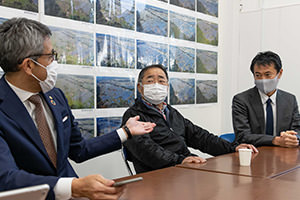
Looking back the path to completion of the mega solar power plant

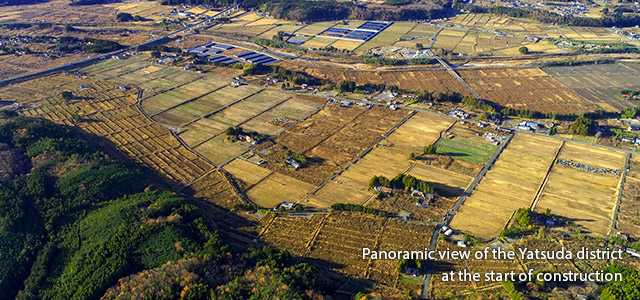

Preventing reconstruction disparity
The center of Namie Town was getting back to normal, with the resumption of daily life facilities. In contrast, the Yatsuda district was left unattended despite the lifting of the evacuation order. Surrounded on three sides by the difficult-to-return zones, and separated by a river on its north side, the district was isolated from the rest of the town. The 370 residents of 76 households had scattered throughout the prefecture and nation. Paddy fields casting a golden glow had turned into wastelands.
Hope for rice farming was dying. The residents of the district had already found jobs in their new places. In the survey, only around 10% of them answered that they would "return" to the district. The water from the agricultural dam was found to be safe for use, but was constantly threatened by radioactive contamination.
Owners of lands unsuitable for rice farming received not a few proposals for building small solar power facilities in each of their plots. But Mayor Harada never nodded his head. "Building solar facilities in only some areas of the district will lead to reconstruction disparity,” he said. “If we build it, we must build it across the district.” All that was on his mind was how to preserve Yatsuda district. If it would be a mega solar plant, lands of all the residents can be equally utilized. And if we locals take on daily management of the plant premises like grass cutting, it will also improve the community environment. The residents would not forget their hometown if given the chance to return to Yatsuda several times a year. Mayor Harada made a difficult decision.
To receive the government approval, provisional consent of landowners was first required. Mayor Harada and his family members addressed in handwriting each envelope to landowners enclosing the project details prepared by MRI and a consent form. To find out their honest opinions, he attached a letter saying "If you disagree, please write that you disagree."
The replies sent from them were all "agree." The residents united as one as they swallowed their despair and decided to move forward.
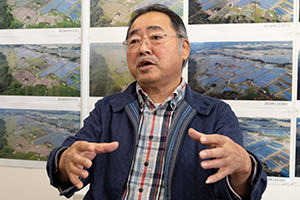
Mayor Harada of Yatsuda district
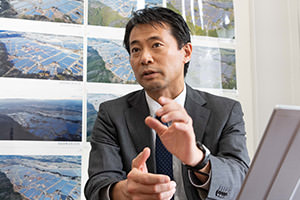
Mr. Baba of MRI
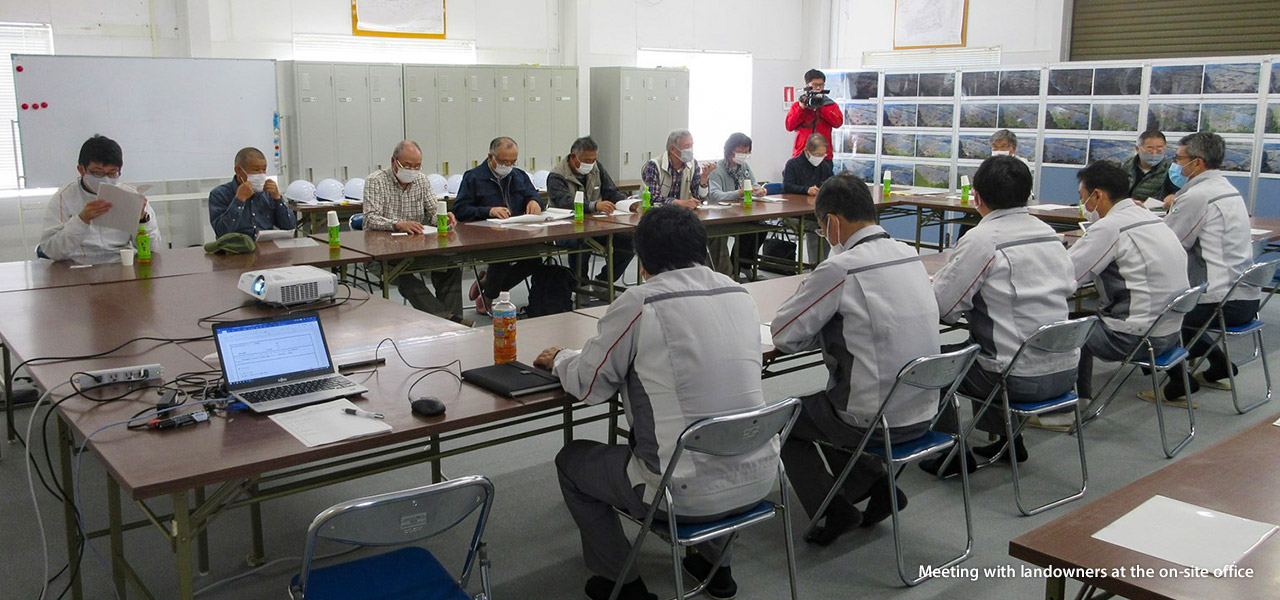
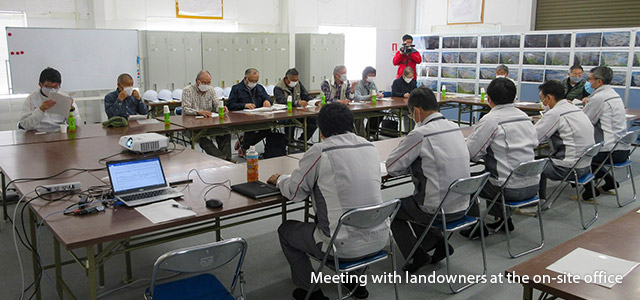

Embodying aspirations of
landowners and business operators
The project plan finally started to move. Daiwa Energy was selected with its proposals for design, procurement, and construction. Then, the most appropriate members were brought together from within the company to set up a team under the direct control of the management. Appointed to the project manager was Mr. Adachi.
Mr. Adachi had accumulated experiences as a founding member of the Daiwa House Group's solar power generation business, "DREAM Solar" after the Great East Japan Earthquake. Daiwa Energy has now 132 solar power plants (as of December 1, 2020), grown into one of the largest in Japan in terms of the number of power plants.
However, even for a man rich in experience and achievements like Mr. Adachi, this was the first project in a site that had just gone through decontamination. Moreover, during the design process, the electricity destination from the solar power plant was forced to be changed, which called for an extra work in the difficult-to-return zone. Which area is safe and what can be dangerous? In order to dispel the concerns of employees and subcontractors, he measured radiation dose not only at the project site but also in the surrounding areas, and advanced the design process by exchanging opinions with subcontractors.
"Our mission was to embody the ideas and thoughts of both landowners and business operators,” Mr. Adachi believed. As a logistic supporter, he promised himself that he would always make quick decisions. “Who can say, 'Let me think about it,’ in front of someone who is really in need?” According to Mayor Harada, "Mr. Adachi is well-versed in the front-line operation and is quick to judge situations and take actions based on an understanding of our ideas.” “If compared to a car, he would be a 4WD," said Mayor Harada, recalling the vigorous efforts of Mr. Adachi who traveled over the rough dirt road.
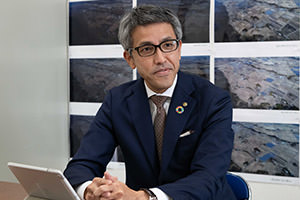
Mr. Adachi of Daiwa Energy led the frontline
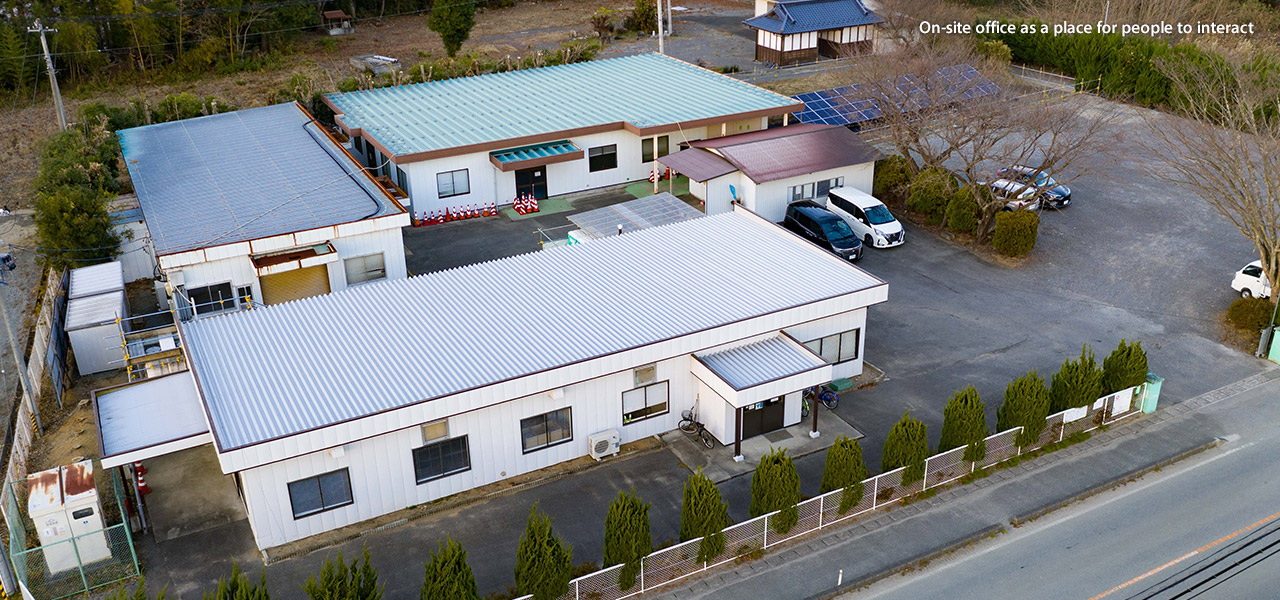
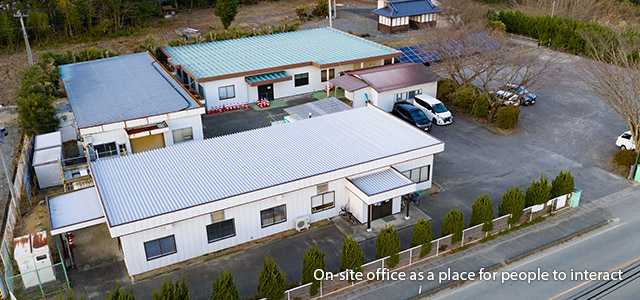

Preserving the community for future generations
Given the offer from local residents "to take on grass cutting and waterways maintenance inside the premises,” Mr. Baba and the business operators decided to entrust the work to them, believing that “it would help the local economy circulate and revitalize the community.” Engaging in grass cutting and other works on their own meant much to the residents, too. Yatsuda had long cherished a custom of "give-and-take" to help each other in farm work. By preserving the tradition and providing old residents with opportunities to return to the district, "We want to preserve the community for future generations," Mayor Harada hopes.
The maintenance contract period is 20 years—the same as that for land lease. The problem was that there were no place for them to get together. A district meeting hall was closed and unoccupied houses were all run-down. Then, why don’t we open up an on-site office to the landowners and other people so that there they can communicate each other? Mr. Adachi and his team walked around the town looking for a large building. Then, they offered to the owner of a candidate site a long-term contract for 20 years. “If it would benefit Namie Town,” said the owner, giving his consent.
On the day of the safety prayer ceremony, landowners who had been scattered across the country gathered at the on-site office, talking to each other with a smile. They held a meeting to test weeding methods, which reminded them of the vibrancy of when they used to do that in the rice fields.
In the project, Mr. Adachi and his team incorporated various measures into the design. While leveraging the expertise accumulated through the past "DREAM Solar" projects, they also took into consideration the aging of the landowners. For example, they have put grass preventing sheets under the solar panels and other areas where weeding work would be difficult. The minimum ground heights of the solar cell modules and other components were computed based on the installation environment.
In the fall of 2019, when the construction was halfway through, Typhoon Hagibis hit Japan. The surrounding areas were severely affected by a record heavy rain, but the damage to Yatsuda site was minimal. From the day after the storm, they started to examine the cause of flooding, and together with Mayor Harada acquainted with “water paths,” took preventive measures. Two weeks later, another heavy rainfall hit the site again, but no serious issues occurred, which assured the team that the plant would be handed over to the district with no worry.
On September 30, 2020, the “Mega Solar Power Plant in Yatsuda District of Namie Town” was completed. Commercial operation started with a solar cell output of approximately 60 MW and an annual energy production of approximately 71 million kWh, which is equivalent to the annual power consumption for 14,500 households*.
* Calculated by using 4,892 kWh per year for each household based on the Labeling Guidelines (FY2020) of Japan Photovoltaic Energy Association (JPEA)
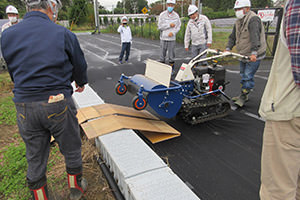
Landowners discussing how to proceed grass cutting
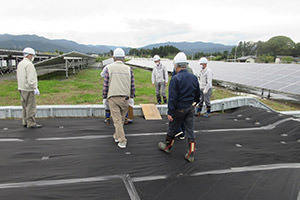
Trial with landowners responsible for grass cutting and waterways maintenance

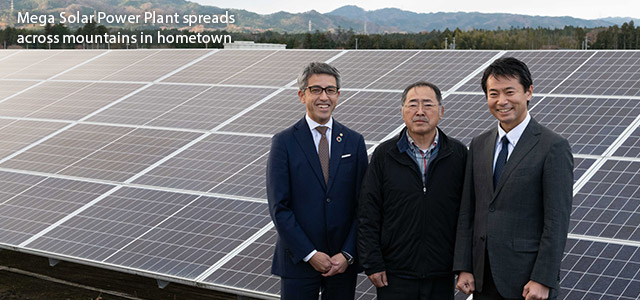

The place where we were born,
we grew up and have been living
For Mr. Adachi, the four years after the design proposal have passed in a moment. He never thought that it was hard, as he had always imagined himself contributing to disaster-affected areas using his experiences, ever since the day he launched the "DREAM Solar" project. The site staff of Daiwa Energy and subcontractors all made their best effort despite the arduousness of the construction work. Mr. Baba and other business operators supported not just the project but the agricultural promotion of Namie Town. All of them were willing to accomplish something for the town and the landowners.
"Building of the mega solar power plant has turned our negative property into a productive asset,” Mayor Harada says. “Yatsuda is our home, where we were born, we grew up and have been living. Naturally everyone will end their lives someday, and on that day, they would wish to return to their hometowns. For us, Namie Town will remain that place—that is what I hope.”
Standing in the area affected by the nuclear accident, Mr. Adachi now turns his attention to the ideal carbon-free society. Instead of just building more and more renewable energy power plants, we must have an ethical viewpoint to consider where and how we generate power and who are to consume it. By so doing, we at the Daiwa House Group will proudly greet Mayor Harada’s children, grandchildren, and descendants of future generations.
Mega Solar Power Plant in Yatsuda District of Namie Town on December 8, 2020
* The information in this article is as of January 2021.
-
 "A Free Hand to Design a New World of Luxury Houses"
"A Free Hand to Design a New World of Luxury Houses"
-
 "The next mission in construction business"
"The next mission in construction business"
-
 "An Athlete’s Flying Start to His Second Life"
"An Athlete’s Flying Start to His Second Life"
-
 "Tackling the Challenges of Carbon Neutrality"
"Tackling the Challenges of Carbon Neutrality"
-
 "Building Close Relationships with Our Customers"
"Building Close Relationships with Our Customers"
-
 "Transforming the Construction Sector with DX"
"Transforming the Construction Sector with DX"
-
 "Bringing Ever-More Joy to Travel in Japan"
"Bringing Ever-More Joy to Travel in Japan"
-
 "Regeneration" Arises from New Construction
"Regeneration" Arises from New Construction
-
 "An Enduring Spirit of Hospitality"
"An Enduring Spirit of Hospitality"
-
 "Collaborating with 16 creators invited from around the world"
"Collaborating with 16 creators invited from around the world"
-
 "Passing Down Hometown to Future Generations with Renewable Energy"
"Passing Down Hometown to Future Generations with Renewable Energy"
-
 "The twenty-first century will be wind, solar, and hydro"
"The twenty-first century will be wind, solar, and hydro"
-
 "Be a Pioneer in the Design Revolution"
"Be a Pioneer in the Design Revolution"
-
 "Building better places to live through partnership between the public and private sectors"
"Building better places to live through partnership between the public and private sectors"
-
 "Supporting the foundations of the nation"
"Supporting the foundations of the nation"
-
 "Continuing to work the rest of life"
"Continuing to work the rest of life"
-
 "Doing our best to support post-disaster reconstruction"
"Doing our best to support post-disaster reconstruction"
-
 "Defying common wisdom in housing construction"
"Defying common wisdom in housing construction"
-
 "Develop the American market!"
"Develop the American market!"
-
 "Exporting Japanese industrial parks"
"Exporting Japanese industrial parks"
-
 "Industrializing agriculture"
"Industrializing agriculture"

